Laparoscopic Ventral Hernia Repair

A laparoscopic ventral hernia repair is an operation performed to repair a ventral, or abdominal, hernia through a minimally invasive procedure. When performed laparoscopically, this surgery has advantages over traditional surgery, including: less scarring, less pain, less risk of infection, and a shorter recovery period. A ventral or abdominal hernia occurs when there is a weakness in the abdominal wall which develops a tear or hole. The hernia is created as the inner lining of the abdomen pushes through the opening, forming a sac into which a portion of abdominal or intestinal tissue protrudes. A ventral hernia appears as a bulge on the outer wall of the abdomen. Ventral hernias vary in severity and may or may not require surgical repair.
A laparoscopic ventral hernia repair is an operation performed to repair a ventral, or abdominal, hernia through a minimally invasive procedure. When performed laparoscopically, this surgery has advantages over traditional surgery, including; less scarring, less pain, less risk of infection, and a shorter recovery period. A ventral or abdominal hernia occurs when there is a weakness in the abdominal wall which develops a tear or hole. The hernia is created as the inner lining of the abdomen pushes through the opening, forming a sac into which a portion of abdominal or intestinal tissue protrudes. A ventral hernia appears as a bulge on the outer wall of the abdomen. Ventral hernias vary in severity and may or may not require surgical repair.
The Laparoscopic Ventral Hernia Repair Procedure

Laparoscopic ventral hernia repair is typically performed under general anesthesia. The surgeon begins by creating three or four small incisions in the abdomen. The laparoscope and a tiny camera will be inserted through one of these incisions and miniature instruments to repair the hernia through the others. Typically, during surgery, mesh in the form of a synthetic patch is used to repair the weakness in the abdominal wall. The patch is held in place with surgical tacks, or in some cases, sutures.
Complications a Laparoscopic Ventral Hernia Repair
In a small number of cases, it may be impossible to use surgical mesh, since some patients have a history of rejecting such products. In these cases, sutures alone, called primary closures, are used to repair the hernia. Unfortunately, primary closures result in a higher rate of reherniation.
Although there are many advantages to the laparoscopic approach, it is possible that particular patients may not be good candidates for laparoscopic surgery. Often, this is because the patient has a history of rejecting products like the surgical mesh normally used in such procedures. There may also be a complication that arises during the laparoscopic procedure that requires a switch to open surgery.
Risks of a Laparoscopic Ventral Hernia Repair
Laparoscopic ventral hernia repair is a common and safe type of surgery. Nonetheless, any surgical procedure involves a small degree of risk. These risks may include:
- Excessive bleeding
- Blood clots
- Adverse reactions to anesthesia or medications
- Postsurgical infection
- Damage to adjacent organs
- Breathing problems
In the case of a ventral hernia repair there is also a relatively high risk of reherniation and the need for further surgery, though this risk can be lessened by abstaining from smoking and following other postoperative instructions. Moreover, the risk involved in not proactively repairing a ventral hernia is typically far greater than the surgery itself, since the hernia may become incarcerated or even strangulated and become life-threatening.
Recovery from a Laparoscopic Ventral Hernia Repair
The recovery from laparoscopic ventral hernia repair is usually an uneventful one. Immediately after surgery, rest is necessary. A diet high in fiber is recommended to avoid constipation. Within a day, the patient will be walking. Within a week, the patient should be able to resume normal activities. More strenuous activities, such as playing sports, heavy lifting or even sexual activity may not be permitted for several weeks. It is important to discuss postsurgical activities with the doctor in order to avoid disrupting the healing process. After surgery, issues which may have led to or exacerbated the development of the hernia, such as obesity or chronic coughing, must be addressed.
Our Surgeons Specializing in Laparoscopic Ventral Hernia Repair

- Allen Agapay, MD
- General Surgeon
- Peoria
- Learn More
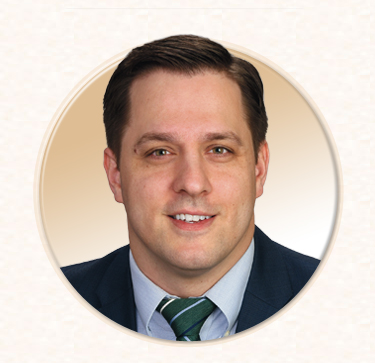
- Nathan Bodily, MD
- General Surgeon
- Gilbert & Mesa
- Learn More

- Ravia Bokhari, MD, FACS
- General Surgeon
- West Phoenix
- Learn More

- Charles Castillo, MD, FACS
- General Surgeon
- Central Phoenix
- Learn More

- Susan Cortesi, MD, FACS
- General Surgeon
- Mesa & Scottsdale
- Learn More

- Lawrence Damore II, MD, FACS
- General Surgeon
- Mesa & Gilbert
- Learn More
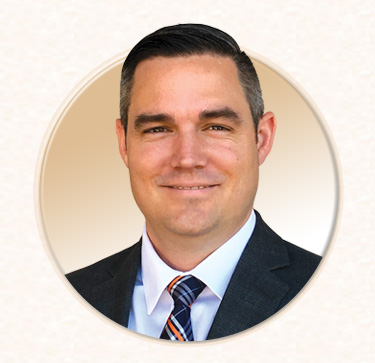
- Jordan Glenn, DO, FACS
- General Surgeon
- Peoria
- Learn More

- Rita Hadley, MD, FACS, PhD
- General & Bariatric Surgeon
- Mesa
- Learn More
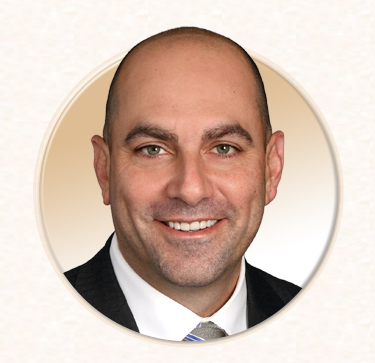
- Theodore Haley, MD, FACS
- General Surgeon
- Gilbert
- Learn More

- Richard Harding, MD, FACS
- General Surgeon
- Central Phoenix
- Learn More

- Sumeet Kadakia, MD, FACS
- General Surgeon
- Gilbert
- Learn More

- Jon King, MD, FACS
- General Surgeon
- West Phoenix
- Learn More

- Daveshni Kumar, MD, FACS
- General Surgeon
- Mesa & Scottsdale
- Learn More

- Matthew Marini, MD, FACS
- General Surgeon
- Gilbert & Mesa
- Learn More

- Kevin Masur, MD, FACS
- General Surgeon
- Mesa & Scottsdale
- Learn More

- Richard Oh, MD, FACS
- General Surgeon
- Gilbert
- Learn More
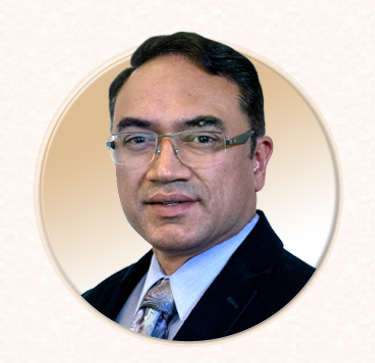
- Karthik Raghavan, MD, FACS
- General Surgeon
- Glendale
- Learn More
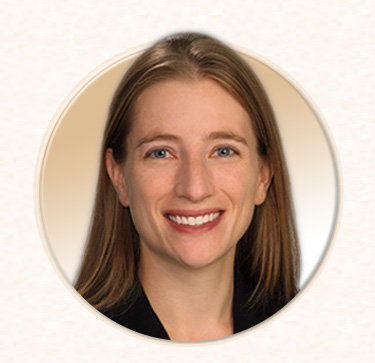
- Jennifer Reitz, MD, FACS
- General Surgeon
- Gilbert
- Learn More

- Greg Rula, MD, FACS
- General Surgeon
- Mesa
- Learn More
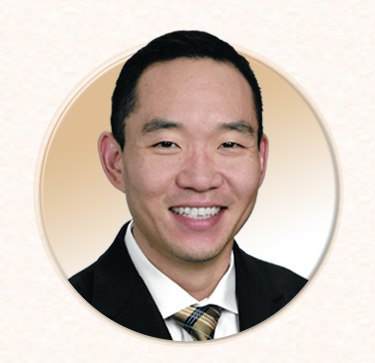
- David Smith, MD, FACS
- General Surgeon
- West Phoenix
- Learn More

- Craig Szafranski, MD, FACS
- General Surgeon
- Mesa
- Learn More

